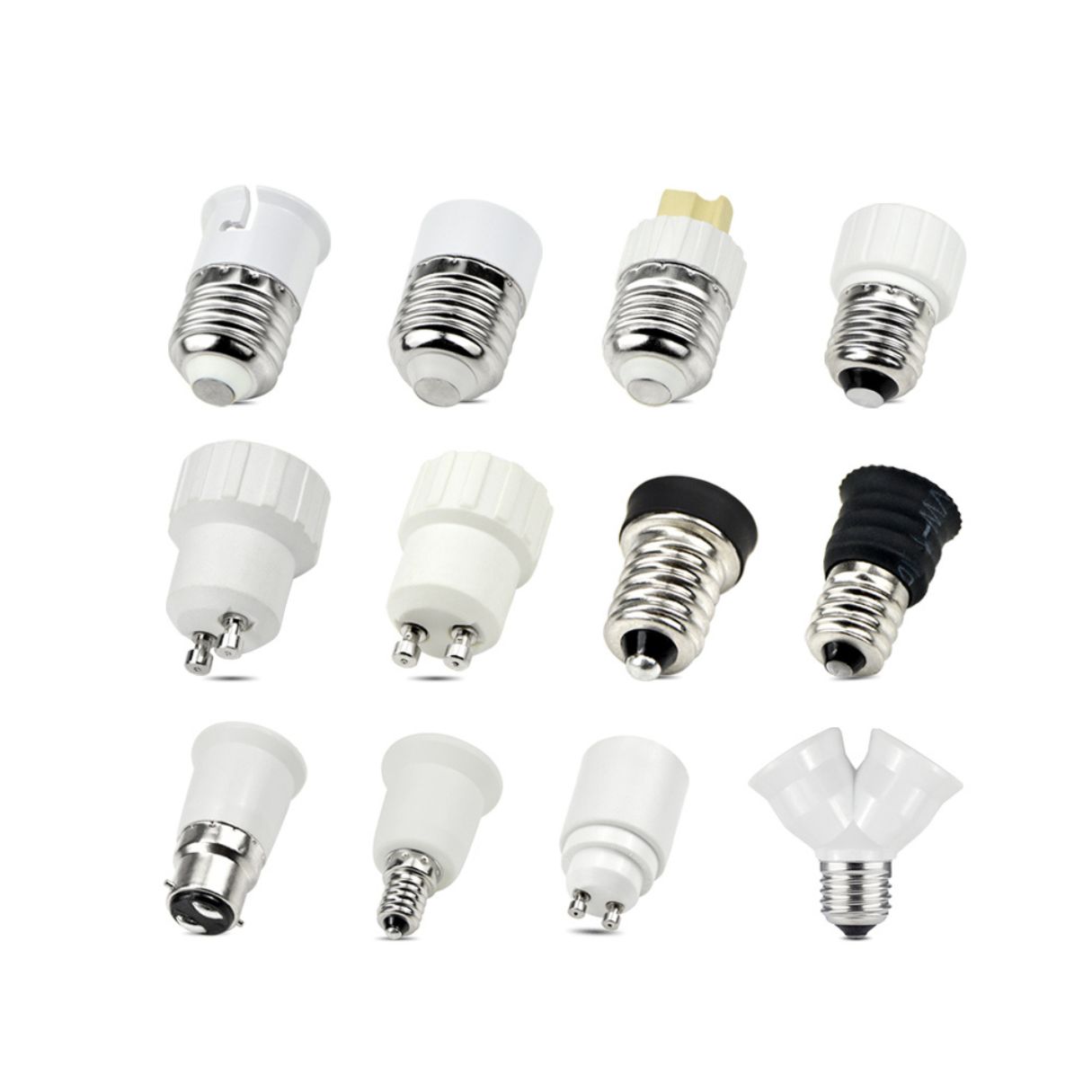

Articles
What Is A Standard Light Bulb Base
Modified: December 7, 2023
Discover the different types of standard light bulb bases in this informative article. Learn about the common sizes and how to identify them for your lighting needs.
(Many of the links in this article redirect to a specific reviewed product. Your purchase of these products through affiliate links helps to generate commission for Storables.com, at no extra cost. Learn more)
Introduction
When it comes to lighting up our homes or workspaces, light bulbs play a crucial role. However, before diving into the world of light bulbs, it’s important to understand the basics, and that includes knowing about the standard light bulb base.
A standard light bulb base is the part of the bulb that connects it to the lamp or fixture. It serves as the interface between the bulb and the socket, allowing for easy installation and replacement. But what exactly does a standard light bulb base entail? Let’s dive in and find out.
Key Takeaways:
- Understanding standard light bulb bases is crucial for choosing the right bulbs, ensuring easy installation and replacement, and achieving optimal lighting performance.
- Factors to consider when choosing a standard light bulb base include application, bulb type, voltage, geographical considerations, aesthetic preferences, and ease of replacement.
Read more: What Is Mogul Base Light Bulb
Definition of a Standard Light Bulb Base
A standard light bulb base refers to the specific type of socket or connector that holds the light bulb in place within a lamp or fixture. It is the standardized interface that allows for the electrical connection between the bulb and the power source.
The standard light bulb base is designed to ensure compatibility and ease of use. It enables users to easily install and replace light bulbs without the need for complex wiring or specialized tools.
Typically, a standard light bulb base consists of a metal or plastic base with pins or a screw-type mechanism that securely holds the bulb in place. This connection not only provides stability to the bulb but also facilitates the passage of electrical current, allowing the bulb to emit light.
In the world of lighting, several standard light bulb bases exist, each characterized by its unique design and specifications. Understanding the different types of standard light bulb bases can help you choose the right one for your lighting needs.
Common Types of Standard Light Bulb Bases
There are several common types of standard light bulb bases, each designed for different purposes and applications. Here are a few of the most prevalent types:
- Edison Screw (E26/E27): The Edison screw base is one of the most widely used standard light bulb bases. It features a threaded metal base that screws into a corresponding socket. The E26 base is common in North America, while the E27 base is more prevalent in Europe.
- Bayonet Mount (B22): The bayonet mount base is commonly used in European countries. It has two pins protruding from the base that fit into slots in the socket, creating a secure twist-lock mechanism.
- Bi-pin (GU10/G9/G4): Bi-pin bases feature two pins that plug into the socket. They are commonly used in specialty lighting applications, such as halogen or LED spotlights. Popular examples include the GU10, G9, and G4 bases.
- Medium Screw (E26d/E27d): Similar to the Edison screw base, the medium screw base is used for specific bulb types that require a larger thread size. The “d” indicates a double contact base, which means it has both a live and neutral contact point.
- Candelabra (E12/E14): The candelabra base is commonly found in chandeliers, decorative fixtures, and smaller lamps. It has a smaller screw base and is often used for candle-shaped bulbs.
These are just a few examples of standard light bulb bases, but there are many more available depending on specific requirements and preferences.
When purchasing a standard light bulb, make sure to check the base type to ensure it will fit your fixture. The most common standard base types are E26 (medium) and E12 (candelabra).
Differences between Various Standard Light Bulb Bases
While standard light bulb bases serve the same fundamental purpose of connecting the bulb to the socket, there are notable differences between the various types. These differences can have an impact on compatibility, ease of use, and aesthetic appeal. Here are some key distinctions to consider:
- Design and Shape: Different light bulb bases have unique designs and shapes. For example, the Edison screw base has a threaded design for screwing into the socket, while the bayonet mount base features pins for a twist-lock mechanism.
- Size and Voltage: Standard light bulb bases come in different sizes and voltage ratings. The E26 base, which is commonly used in North America, has a larger size compared to the candelabra base (E12) found in smaller lamps. Voltage ratings may also vary depending on the specific base type.
- Applications: Certain bases are designed for specific lighting applications. For example, the bi-pin bases like GU10 and G9 are commonly found in spotlights and accent lighting, while the candelabra base is often used in decorative fixtures.
- Geographical Compatibility: Some bases are more prevalent in specific regions. For instance, the E27 base is commonly used in European countries, while the E26 base is the standard in North America. It’s important to consider the compatibility of the base depending on your geographical location.
- Bulb Options: Different bases may offer different options when it comes to the type of light bulbs that can be used. For example, some bases are compatible with incandescent, halogen, LED, or CFL bulbs, while others may be limited to a specific bulb type.
Considering these differences between standard light bulb bases is essential in order to choose the right base that fits your specific needs and requirements.
Choosing the Right Standard Light Bulb Base for Your Needs
Choosing the right standard light bulb base is crucial to ensure compatibility, ease of use, and optimal lighting performance. Here are some factors to consider when selecting a base:
- Application: Consider the specific application or lighting fixture where you intend to use the light bulb. Different bases are suitable for different types of fixtures, such as table lamps, ceiling lights, or chandeliers. Ensure that the base you choose is compatible with your desired fixture.
- Bulb Type: Determine the type of bulb you want to use. Some bases are designed for specific bulb types, such as incandescent, halogen, LED, or CFL. Make sure that the base you select is compatible with the bulb technology you prefer.
- Voltage: Verify the voltage requirements of your lighting fixture and ensure that the chosen base can handle the specified voltage. Using a base with an incorrect voltage rating can lead to compatibility issues and potential damage to the bulb or fixture.
- Geographical Considerations: Take into account the regional standards and practices in your location. Different countries or regions may have different prevalent base types. For example, in North America, the E26 base is the standard, while in Europe, the E27 base is more common.
- Aesthetic Preferences: Consider the overall aesthetic appeal of the base. Some bases, like the Edison screw or bayonet mount, can add a vintage or rustic touch to your lighting fixture. Others, like the candelabra base, are more suitable for decorative or smaller lamps.
- Ease of Replacement: If you anticipate frequent bulb replacements, consider bases that are easy to install and remove. Screw-type bases like the Edison screw or bayonet mount are typically easier to replace compared to other types of bases.
Taking these factors into account will help you choose the right standard light bulb base that meets your specific needs, ensuring compatibility, and providing optimal lighting performance for your space.
Read more: What Is The Standard Light Bulb Size
Conclusion
Understanding standard light bulb bases is essential when it comes to choosing the right bulbs for your lighting needs. The standard light bulb base serves as the interface between the bulb and the socket, allowing for easy installation and replacement.
Throughout this article, we’ve explored the definition of a standard light bulb base and discussed common types, such as the Edison screw, bayonet mount, bi-pin, medium screw, and candelabra bases. Each type has its own unique design, size, and applications.
Additionally, we’ve highlighted some of the differences between various standard light bulb bases, including their design, size, voltage, applications, geographical compatibility, and bulb options. These differences play a role in determining the compatibility, aesthetics, and performance of the light bulb and fixture combination.
When choosing the right standard light bulb base for your needs, consider factors such as the application, bulb type, voltage, geographical considerations, aesthetic preferences, and ease of replacement. By taking these factors into account, you can ensure that you select a base that is compatible, easy to install, and offers the desired lighting performance.
In conclusion, understanding the different types and characteristics of standard light bulb bases empowers you to make informed decisions when it comes to lighting your space. Whether you’re illuminating your home or office, selecting a suitable standard light bulb base is key to achieving the right ambiance and functionality for your lighting needs.
Frequently Asked Questions about What Is A Standard Light Bulb Base
Was this page helpful?
At Storables.com, we guarantee accurate and reliable information. Our content, validated by Expert Board Contributors, is crafted following stringent Editorial Policies. We're committed to providing you with well-researched, expert-backed insights for all your informational needs.

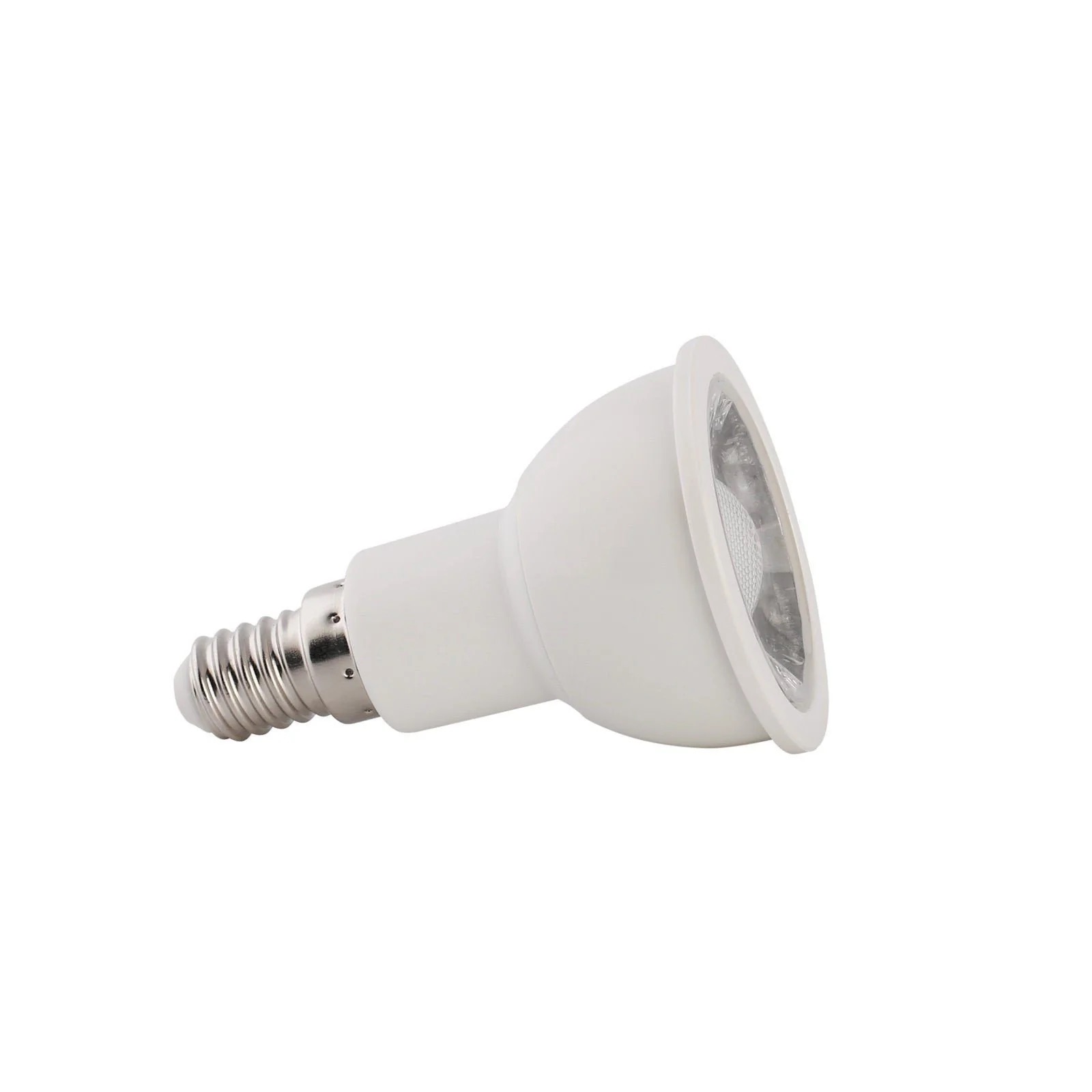

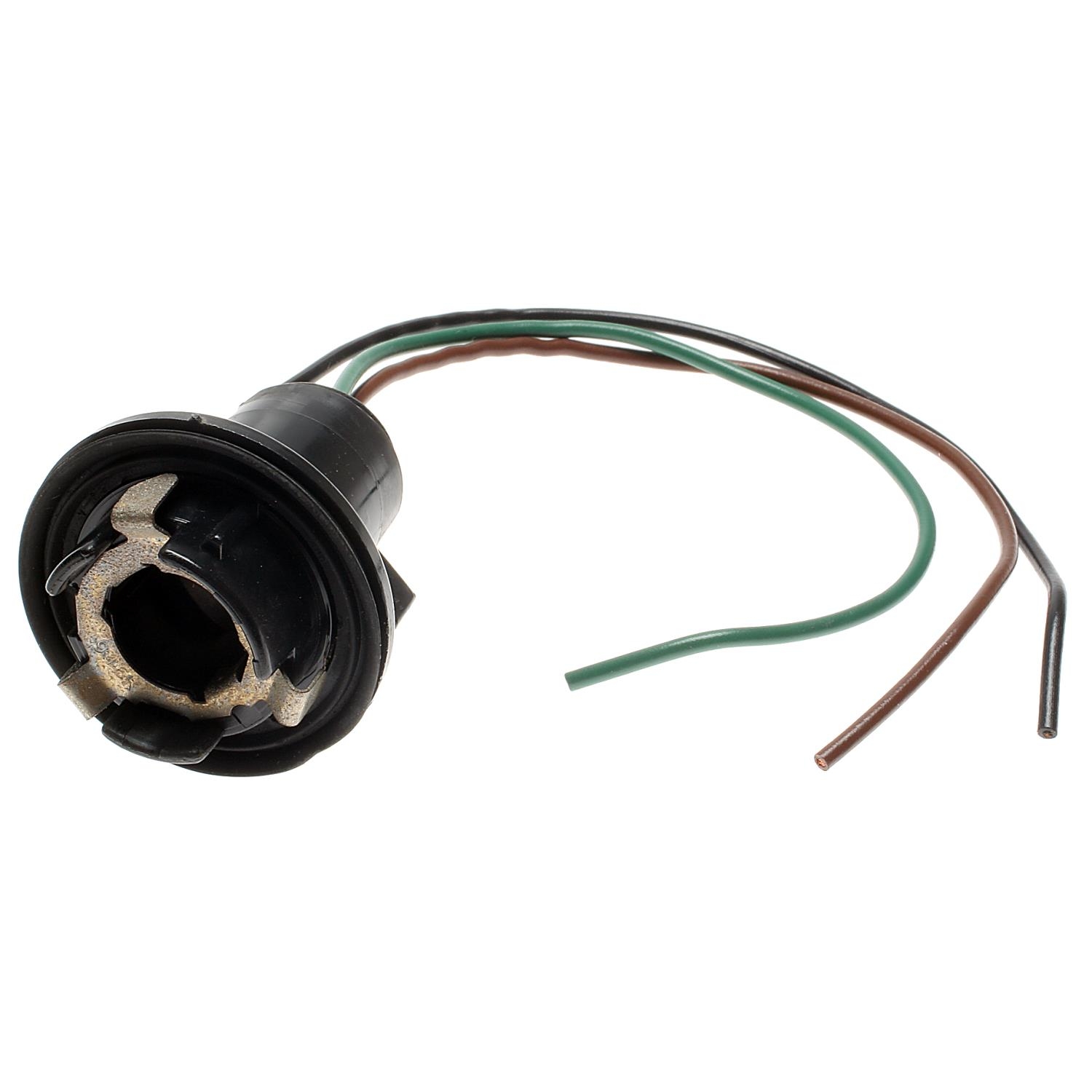
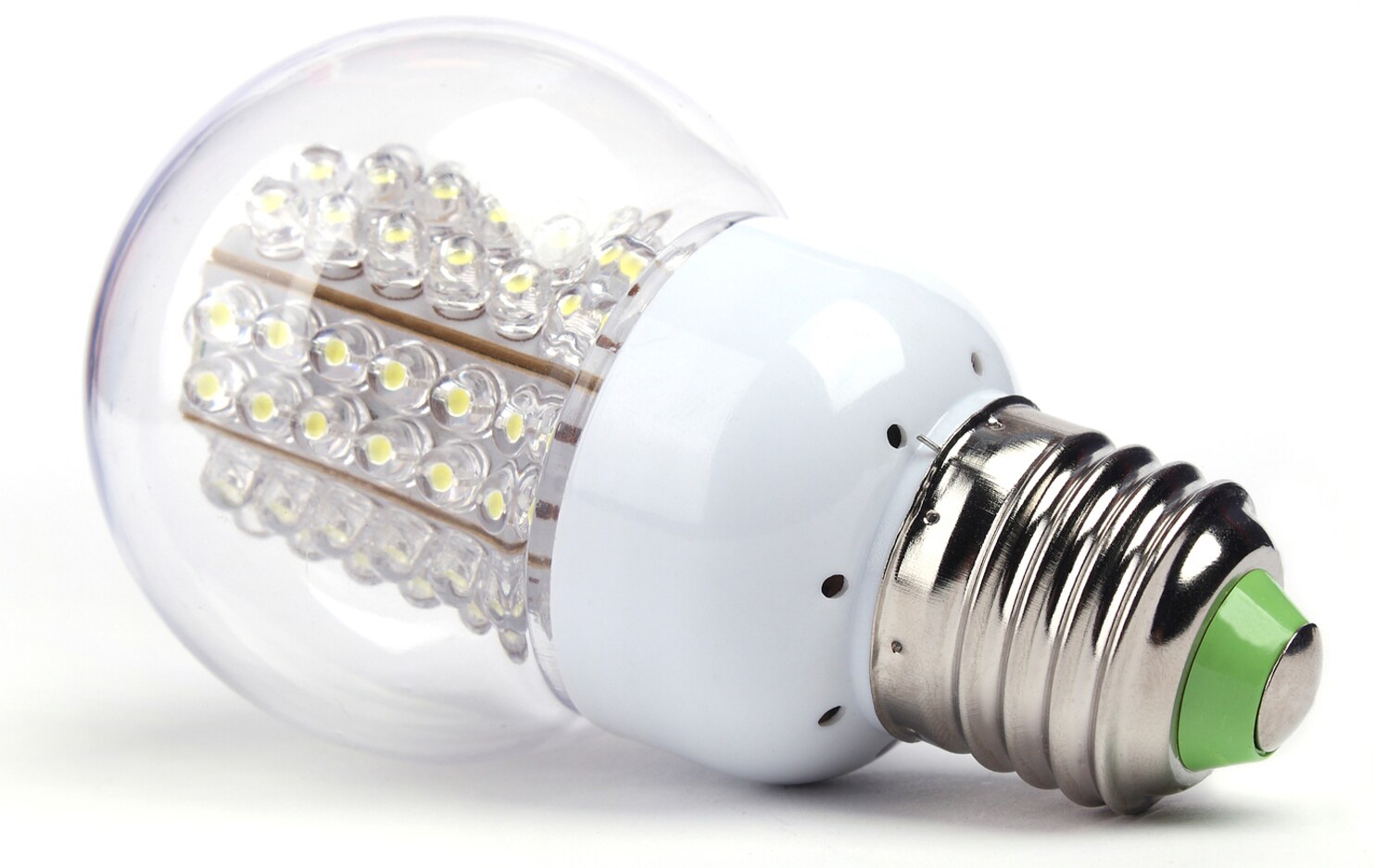
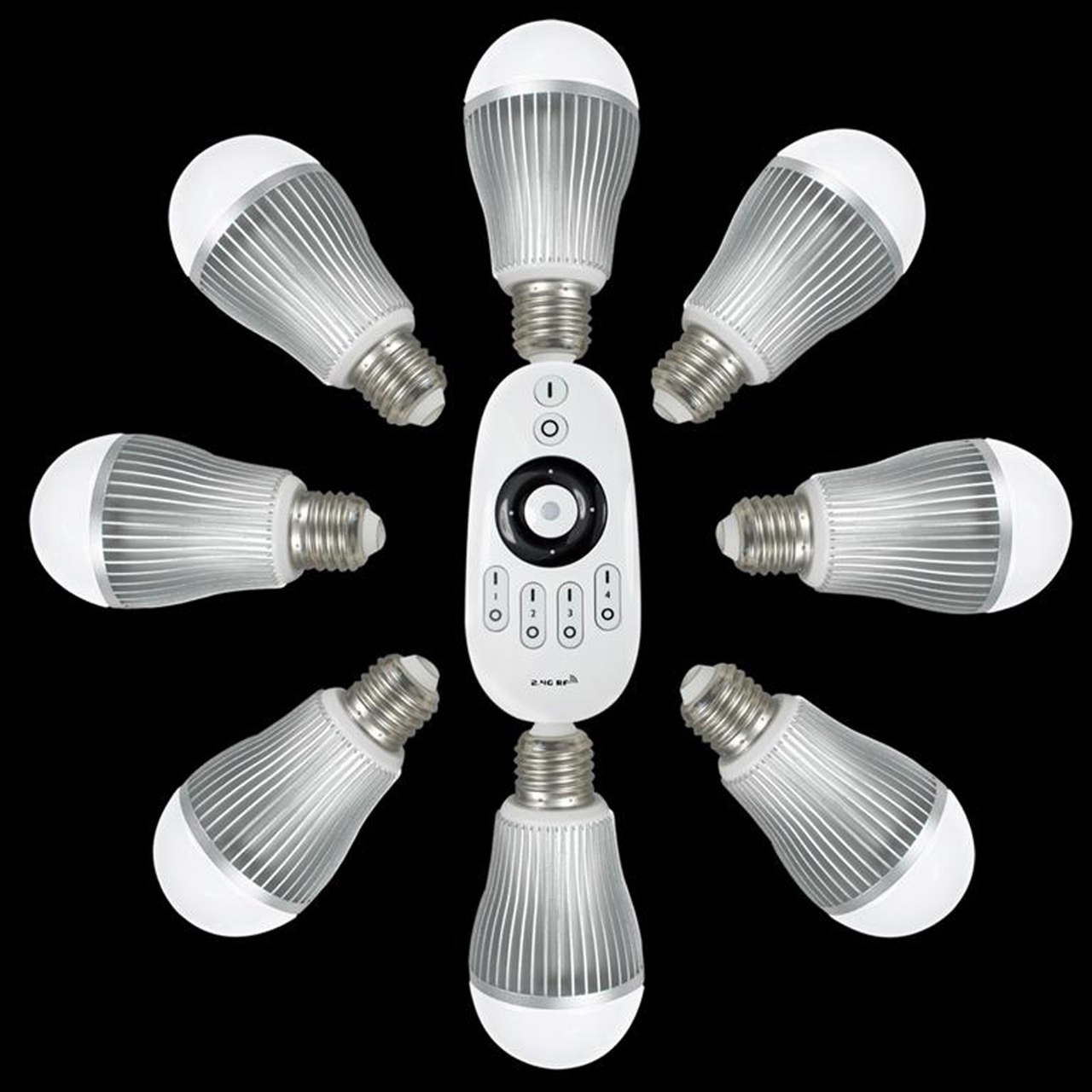
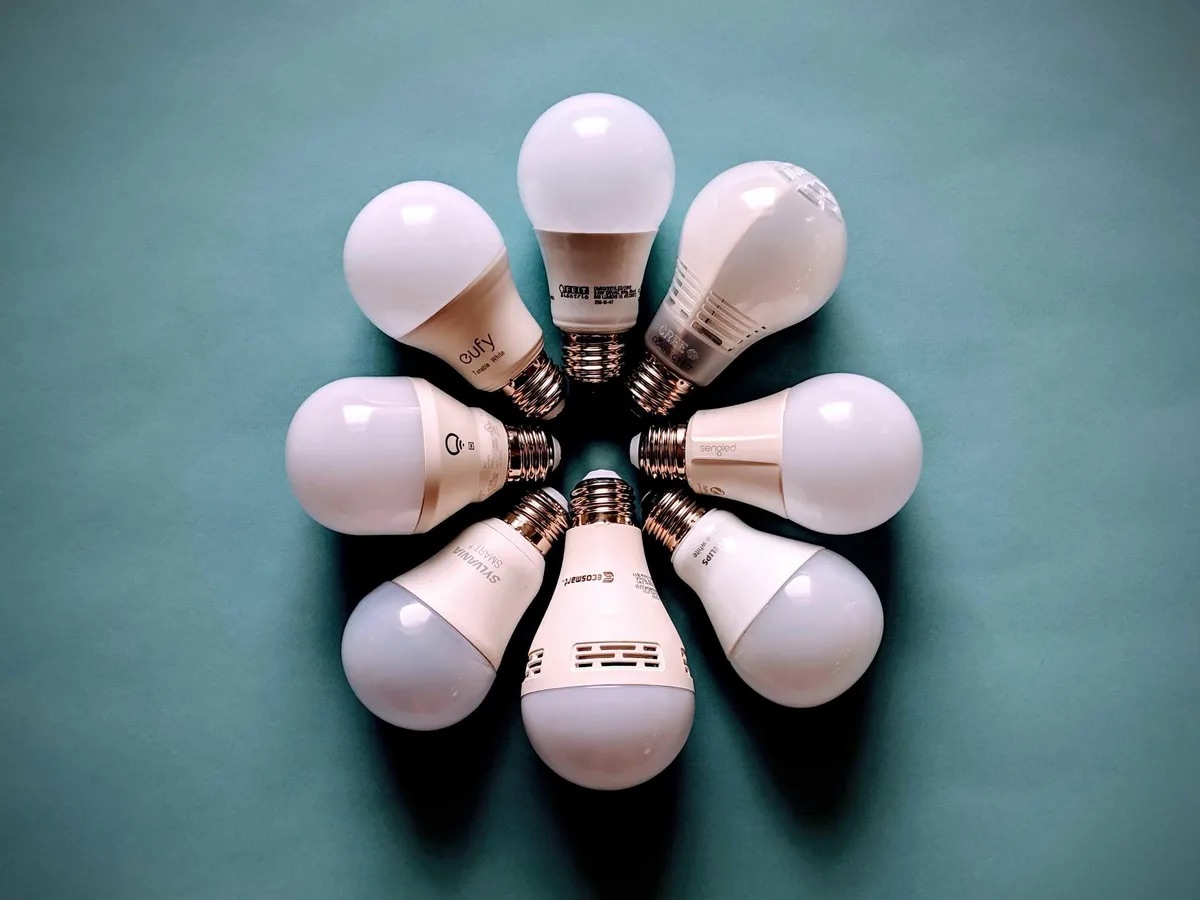
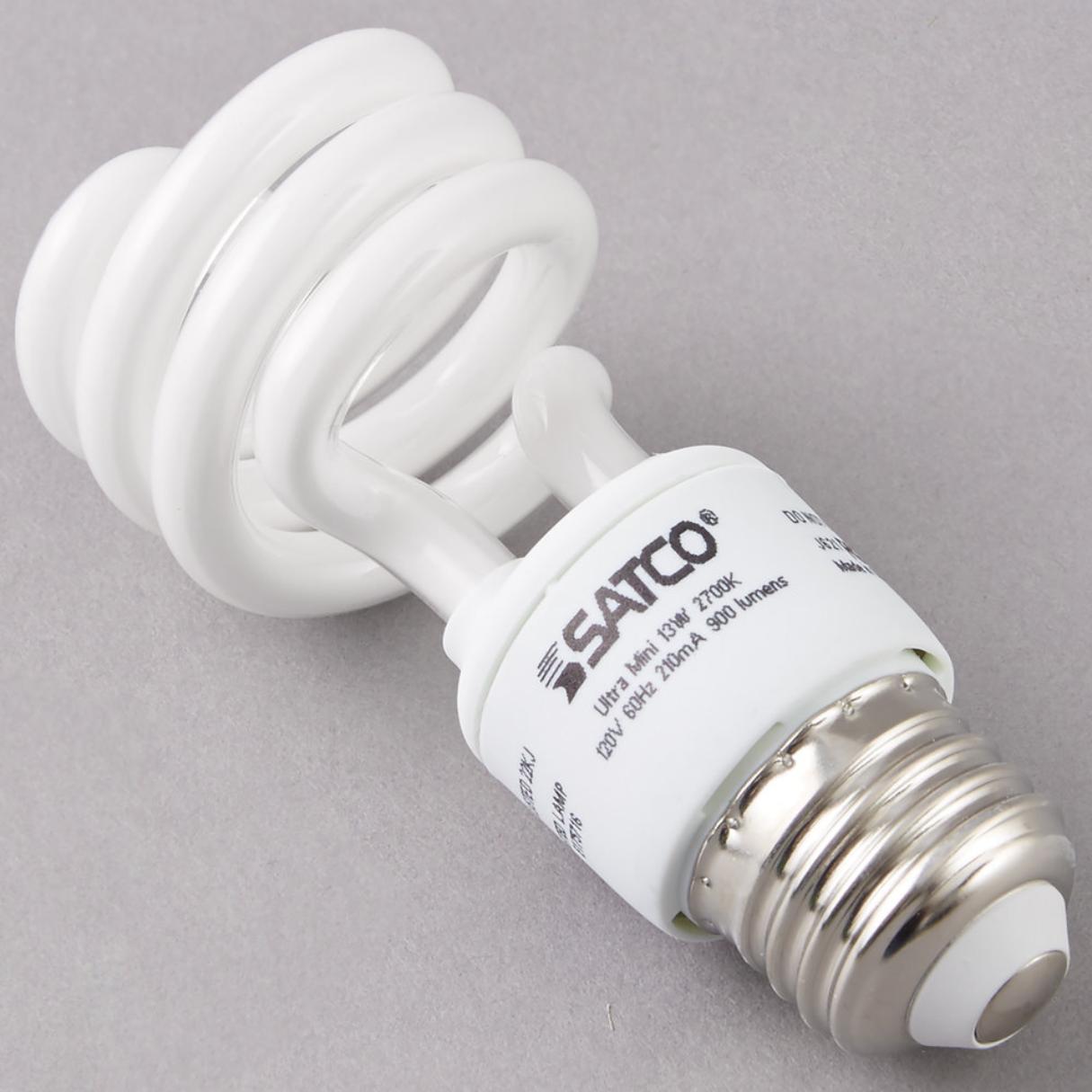
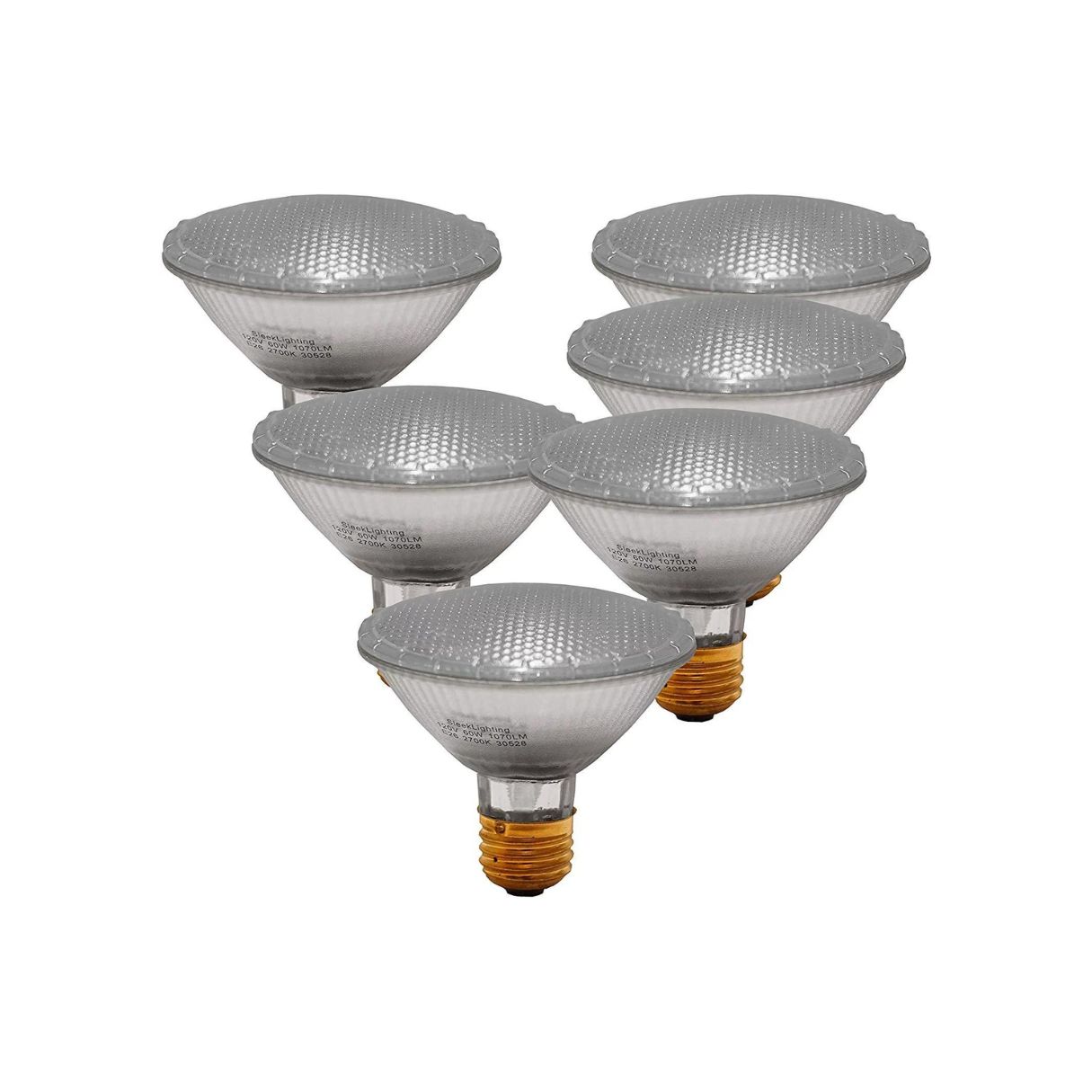
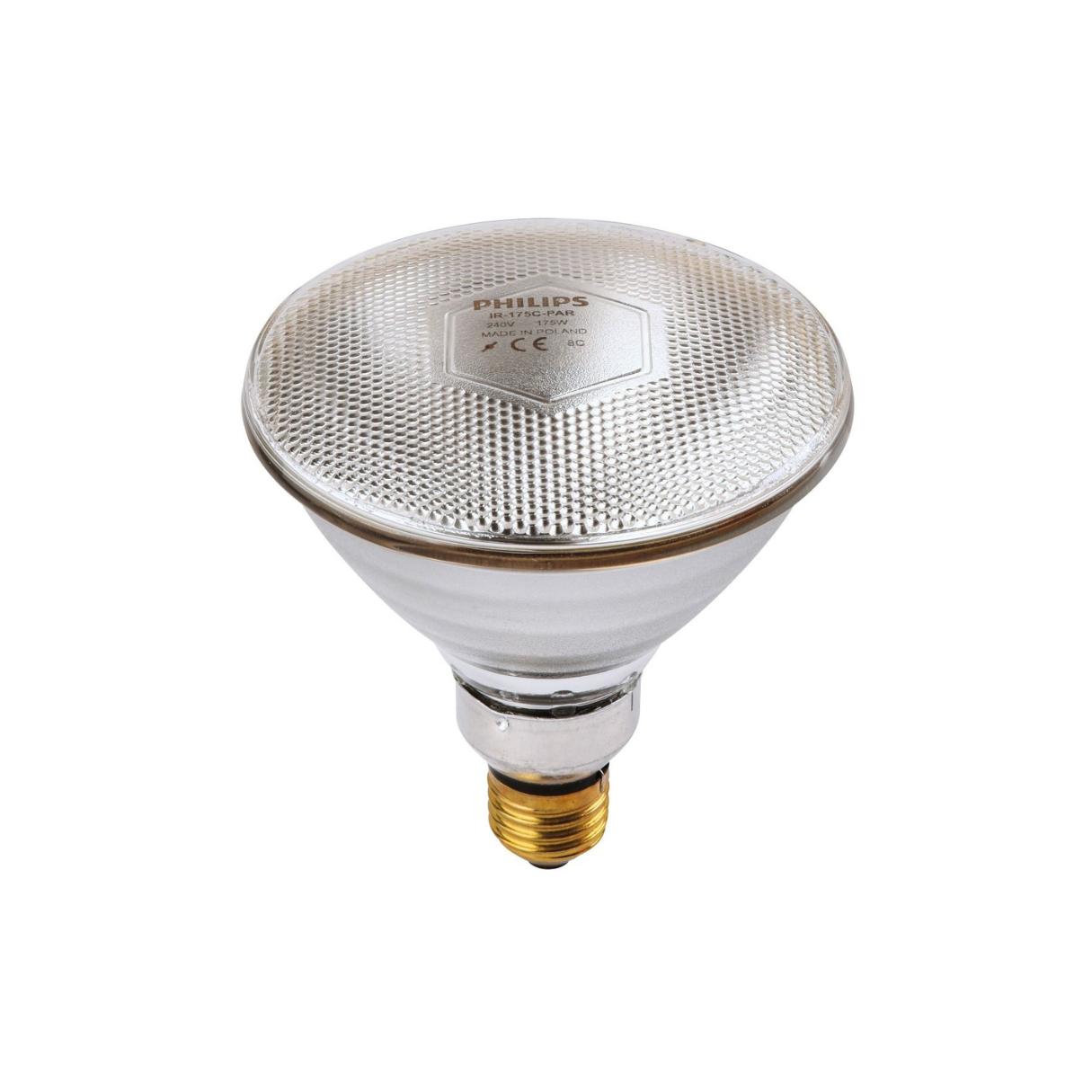

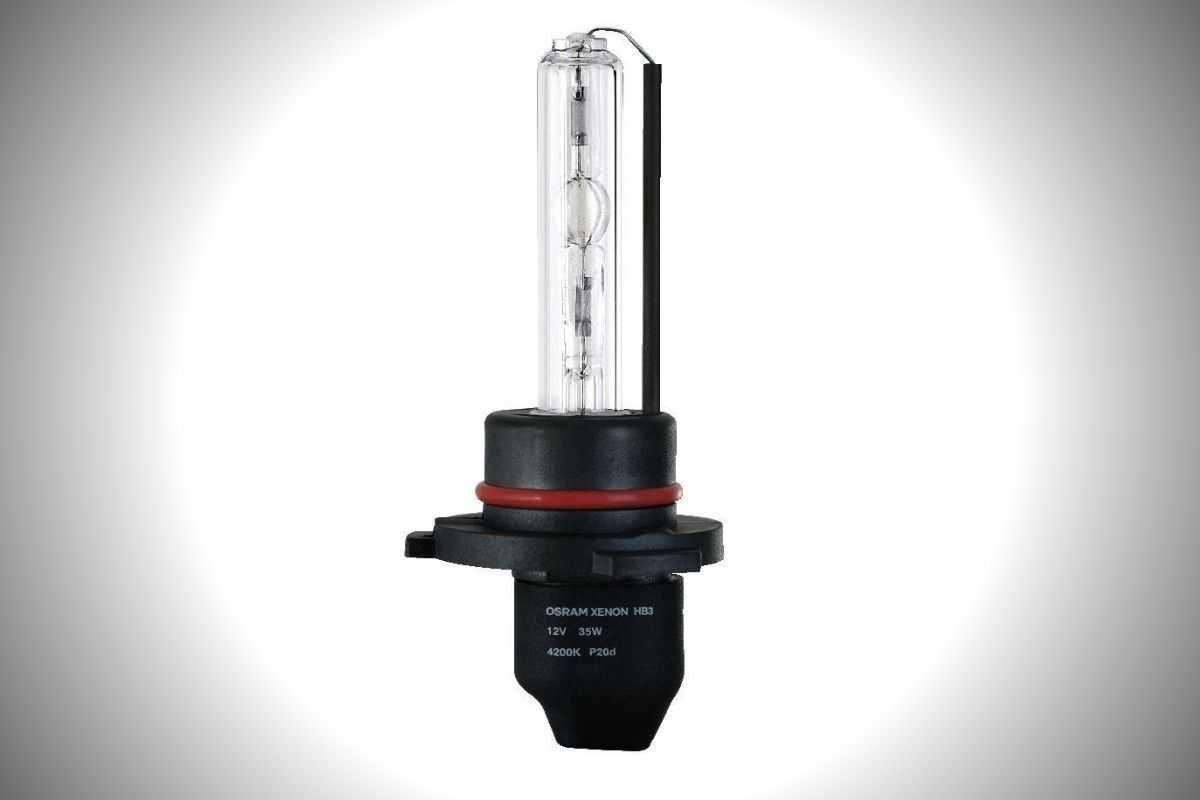



0 thoughts on “What Is A Standard Light Bulb Base”